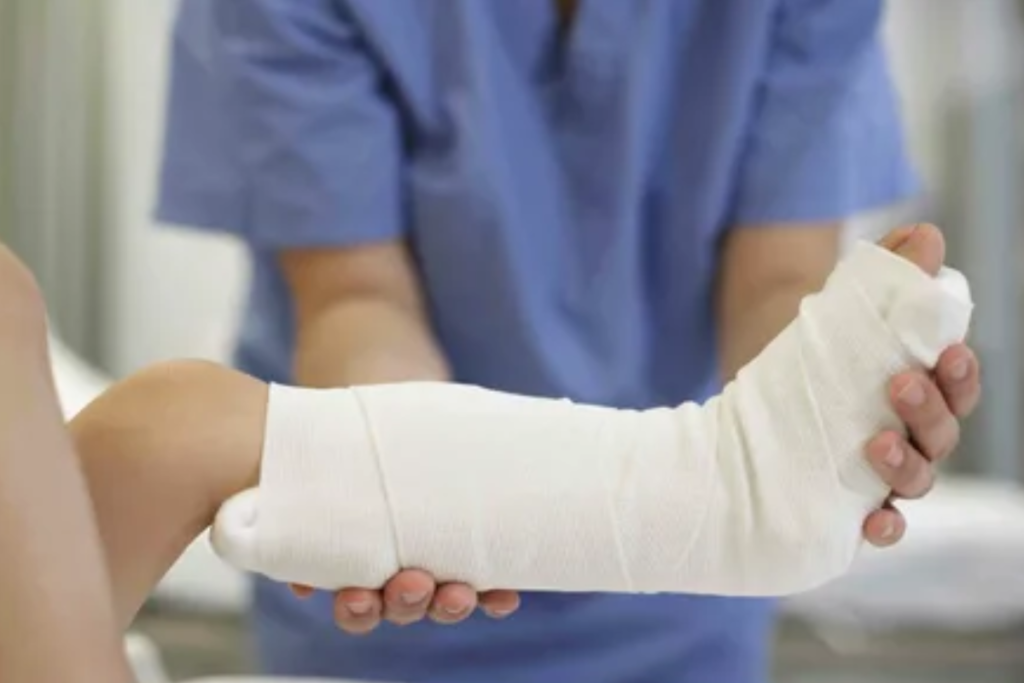
Returning to physical activities after a bone fracture can be both exciting and daunting. It marks a significant step towards recovery and resuming normalcy in life. However, it’s crucial to approach this phase with careful planning and consideration to ensure a smooth transition without risking reinjury or setbacks. Here are essential tips to guide you through this process:
1. Follow Medical Advice Diligently
The first and foremost tip is to adhere strictly to your orthopedic surgeon’s advice. They understand your specific injury, treatment plan, and recovery timeline best. Whether it’s about weight-bearing restrictions, use of supportive devices like crutches or braces, or specific exercises to avoid, following their instructions will prevent complications and aid healing.
2. Gradual Progression
Patience is key when returning to physical activities post-fracture. Begin with gentle movements and gradually increase intensity and duration as your strength and flexibility improve. This gradual approach helps in rebuilding muscle strength and joint stability while minimizing the risk of overexertion.
3. Physical Therapy
Engaging in supervised physical therapy sessions can significantly accelerate your recovery process. A trained therapist will guide you through exercises that target flexibility, strength, and range of motion specific to your injury. They also monitor your progress, making adjustments as necessary to optimize rehabilitation.
4. Focus on Low-Impact Activities Initially
Start with low-impact exercises such as walking, swimming, or stationary cycling. These activities promote circulation, joint mobility, and muscle conditioning without placing excessive stress on healing bones. As you regain confidence and strength, gradually incorporate higher-impact exercises like jogging or aerobics.
5. Nutrition and Hydration
Proper nutrition plays a vital role in bone healing and overall recovery. Ensure your diet includes adequate protein, vitamins (especially vitamin D and calcium), and minerals essential for bone health. Hydration is equally important to maintain joint lubrication and facilitate nutrient delivery to tissues.
6. Listen to Your Body
Pay close attention to how your body responds during and after physical activity. Recognize signs of pain, swelling, or discomfort, which may indicate overexertion or potential complications. If you experience persistent symptoms, consult your orthopedic surgeon promptly for evaluation.
7. Use Protective Gear
Depending on the type and location of your fracture, your doctor may recommend using protective gear such as braces, splints, or supportive footwear during activities. These aids provide stability and reduce the risk of reinjury, especially during high-impact sports or activities.
8. Maintain Consistency
Consistency in your rehabilitation efforts is key to achieving long-term recovery goals. Stick to your exercise and therapy regimen diligently, even on days when you may feel fatigued or unmotivated. Each session contributes to strengthening muscles, improving mobility, and enhancing overall fitness.
9. Monitor Progress and Set Realistic Goals
Track your progress regularly with the guidance of your healthcare team. Celebrate milestones achieved, however small they may seem. Setting realistic short-term and long-term goals helps maintain motivation and provides a clear path forward in your recovery journey.
10. Seek Emotional Support
Recovering from a bone fracture can be emotionally challenging, especially if it has affected your daily activities or hobbies. Don’t hesitate to seek support from friends, family, or a counselor to cope with any anxiety, frustration, or setbacks you may encounter along the way.
Summary
Returning to physical activities after a bone fracture requires patience, perseverance, and professional guidance. By following these tips, tailored to your recovery plan, you can navigate this phase effectively. Remember, Dr. Ashish Suryawanshi, renowned for his expertise as one of the best orthopedic surgeons in Pune, with clinics in Nigdi and Thergaon, emphasizes the importance of a gradual approach and adherence to medical advice to ensure a successful recovery. With dedication and proper care, you’ll soon regain strength, mobility, and confidence in your physical abilities.




